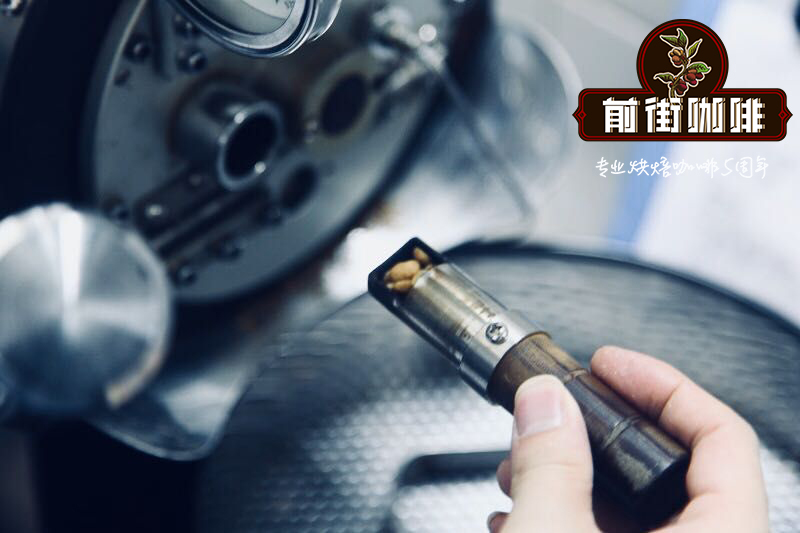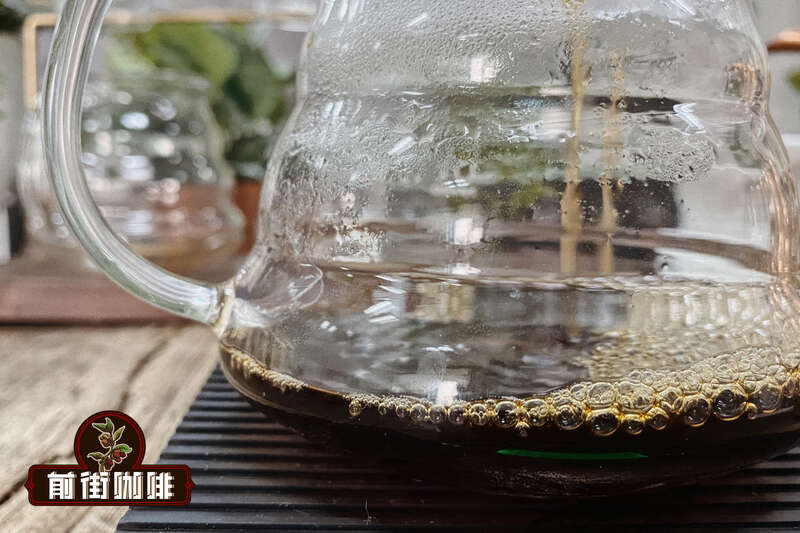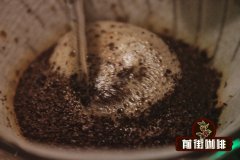Kenyan Coffee Bean Variety and Flavor characteristics of Dedan Kimathi University Coffee Bean
Background and flavor of Kenyan coffee beans
In the 19th century, Kenya was still under the British colonial government, and the colonial rulers brought oppression and exploitation, under many unequal treatment, the Kenyan people, who did not yet have the concept of state organization at that time, from the original scattered state gradually developed the idea of modern consciousness and nation-state.
As a result, there was a military uproar between 1956 and 1960, a large-scale armed struggle, the most famous Maomao Movement in modern Africa (Mau Mau Rebellion). Shortly after the Mau Mau Movement, the government passed an Agriculture Act (Swynnerton Plan) to bind the original large manor policy, so that every family could increase farmland ownership and increase additional income through the cultivation of cash crops in addition to self-sufficiency.
■ treatment: full washing
■ bean shape: fat and plump
■ flavor: rich raspberry flavor, black plum juice, sour grapefruit, sweet sugarcane.
Altitude, geology, latitude, treatment and variety of Kenyan coffee have long been the heavyweight of boutique coffee.
The equator runs through Kenya, within ten degrees south and north latitude, is a tropical producing area, twice a year rainy season, harvest twice. Mainly planted in the capital Narobi to the mountains of Kenya, elevation 1600-2100m volcanic land, fertile soil.

Varieties and Flavor characteristics of Coffee beans in Dedan Kimathi University of Agricultural Technology
Kenya's Agricultural Technology University, founded in 2012 under the name of Dedan Kimathi, was born. The university is the only planned coffee park in Kenya. as a research center for coffee research and development, the campus covers an area of 400 hectares, with a coffee planting area of 150 hectares. The school is located near the equator, about 1600-1800 meters above sea level. Because it belongs to the Neri producing area, the highly nutritious red soil gives birth to the best coffee in Kenya.
The biodiversity here is achieved by three parts: coffee garden, animal husbandry and horticulture. The farm occupies an area of 650 hectares, with coffee plantations accounting for the largest proportion of 293 hectares, planting 179658 coffee trees at different growth stages. The origins of the coffee farm can be traced back to the colonial era of 1919, when the coffee export trade was established; the coffee farm was bought by Kimathi Institute of Technology in the 1950s and officially taken over by Dedan Kimathi University of Technology in 2012, and the land is now aimed at non-profit, with profits used to support students and community organizations.
In 2013, a major rejuvenation program was implemented, which included replacing SL28 with new varieties with higher production capacity. At present, the main varieties in this area are Batian, Ruiru 11, SL 28 and grafted Ruiru 11. Among them, Batian is artificially cultivated, and it is also the most popular variety here. It has very deep roots, wide extension, and resistance to leaf rust and coffee anthracnose, so it has a higher yield. Batian began to produce earlier than other varieties in these two years, with large beans, good cup test results, and suitable for planting in most farmland.
There is also a nursery with a capacity of 140000 seedlings, mainly of the above varieties, and the seedlings will be distributed to farmers in other local areas, of which 760 Ruiru species are grafted on the mother plant of SL28.
■ Manor Dedan Kimathi University of Agricultural Technology
■ producing area Nyeri
■ varieties SL34 and SL28
■ 1600-1800 m above sea level
■ GPS 0 °23 & # 39 * 41.8 "S 36 °57 & # 39 * * 52.4" E
■ flavor dark berries, black plums, honey, caramel, creamy, sweet and distant finish

Important Notice :
前街咖啡 FrontStreet Coffee has moved to new addredd:
FrontStreet Coffee Address: 315,Donghua East Road,GuangZhou
Tel:020 38364473
- Prev

Coffee History, Origin, Development and Culture found that Coffee spread to Europe
The concentration mentioned here is not the taste in sensory analysis, but should be understood from the customer's point of view. It refers to the perceived coffee concentration in milk-based coffee. First of all, you have to consider the type of coffee you use, and you also need to consider the size of the cup and the variety of milk. Many factors affect the taste of coffee and milk, thus affecting the concentration, some of them.
- Next

Introduction to the characteristics of Rosa Coffee beans in Duncan and Don K Manor of Kotowa Family in Panama
Orange Manor Orange Manor is the manor founded by the owner's grandfather Alexander Duncan a hundred years ago. It is located in the Jaramillo microclimate zone on the right side of the Poquet Valley. Although it seems to be at a low altitude, this area goes south through the mountains with a cold air mass from the north every winter.
Related
- Beginners will see the "Coffee pull flower" guide!
- What is the difference between ice blog purified milk and ordinary milk coffee?
- Why is the Philippines the largest producer of crops in Liberia?
- For coffee extraction, should the fine powder be retained?
- How does extracted espresso fill pressed powder? How much strength does it take to press the powder?
- How to make jasmine cold extract coffee? Is the jasmine + latte good?
- Will this little toy really make the coffee taste better? How does Lily Drip affect coffee extraction?
- Will the action of slapping the filter cup also affect coffee extraction?
- What's the difference between powder-to-water ratio and powder-to-liquid ratio?
- What is the Ethiopian local species? What does it have to do with Heirloom native species?

